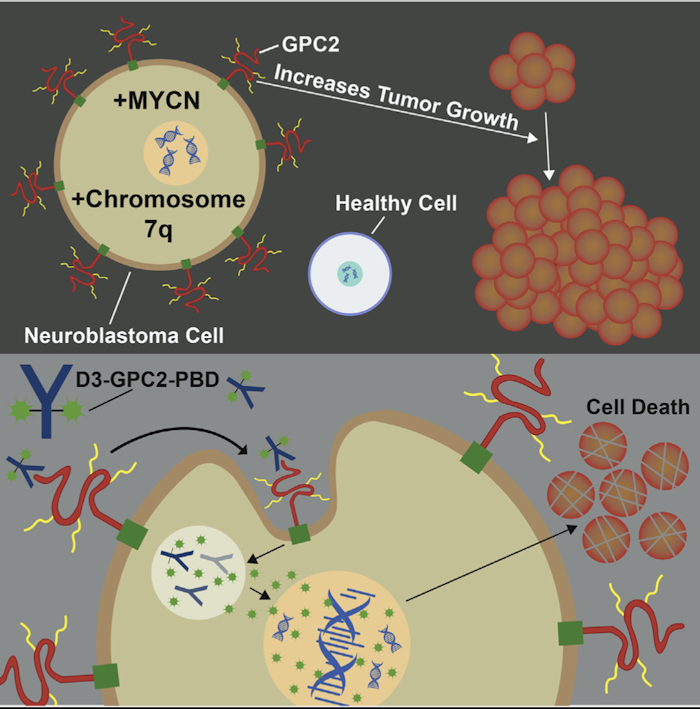Identification of GPC2 as an Oncoprotein and Candidate Immunotherapeutic Target in High-Risk Neuroblastoma

Abstract
The team developed an RNA-sequencing-based pipeline to discover differentially expressed cell-surface molecules in neuroblastoma that meet criteria for optimal immunotherapeutic target safety and efficacy and show that GPC2 is a strong candidate immunotherapeutic target in this childhood cancer. They demonstrate high GPC2 expression in neuroblastoma due to MYCN transcriptional activation and/or somatic gain of the GPC2 locus. We confirm GPC2 to be highly expressed on most neuroblastomas, but not detectable at appreciable levels in normal childhood tissues. In addition, they demonstrate that GPC2 is required for neuroblastoma proliferation. Finally, we develop a GPC2-directed antibody-drug conjugate that is potently cytotoxic to GPC2-expressing neuroblastoma cells. Collectively, these findings validate GPC2 as a non-mutated neuroblastoma oncoprotein and candidate immunotherapeutic target.